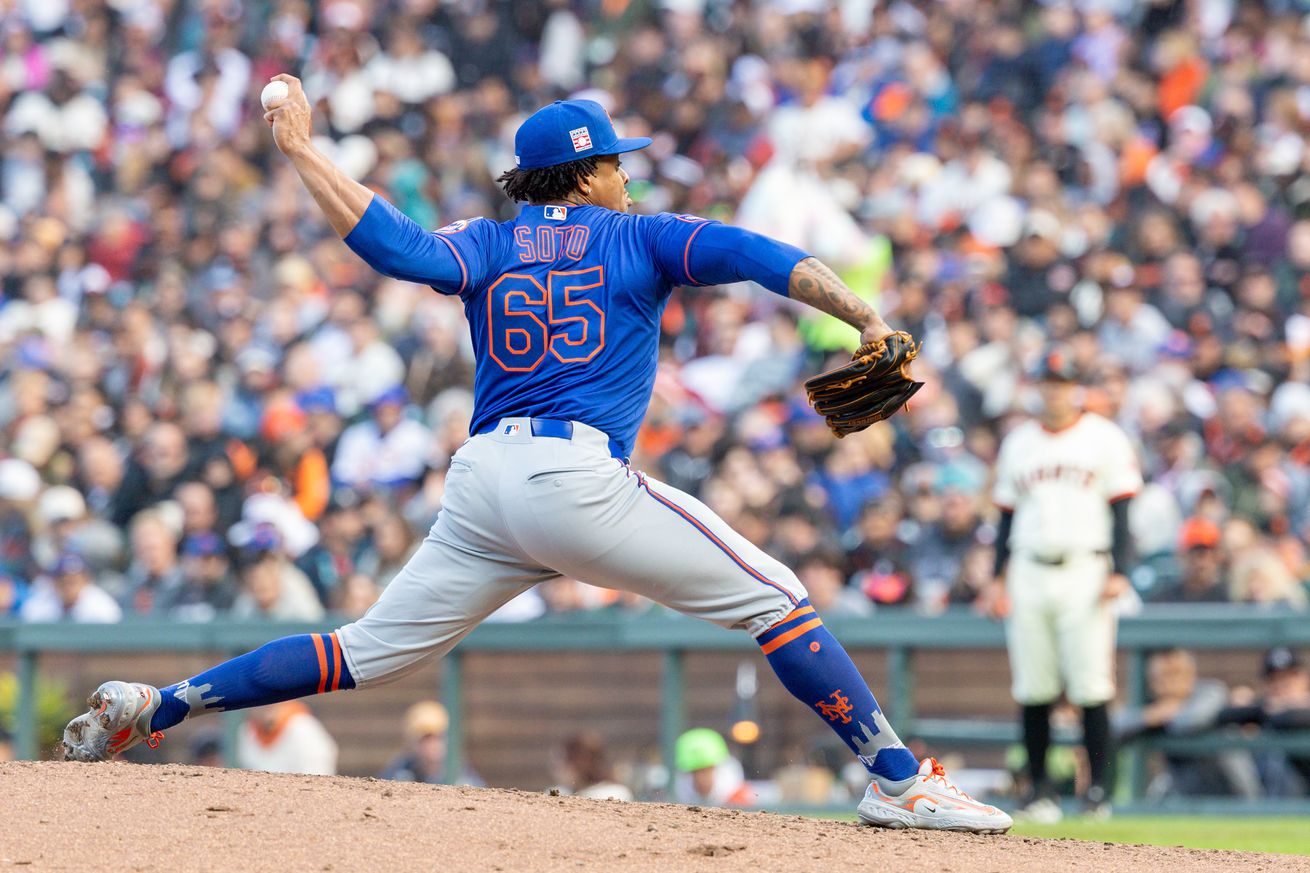
The first domino of the revamped bullpen arrived last weekend.
Just a week ago, the Mets’ bullpen looked like a glaring weakness. Overworked and inconsistent, the bullpen had been unreliable beyond a handful of arms. However, in the span of three moves in the past week, David Stearns has transformed relief pitching from the team’s biggest concern into, at least on paper, one of its biggest strengths.
The first move came last Friday, when the Mets acquired hard-throwing lefty Gregory Soto from the Baltimore Orioles. Soto’s journey to Queens was far from straightforward. Signed as an international free agent by the Detroit Tigers in December 2012, the then 18 year-old Dominican southpaw worked his way through the minors with flashes of dominant stuff. After being added to the 40-man in the 2017 offseason and spending another year in Triple-A, Soto made his debut for the Tigers in May of 2019.
After a rocky rookie season in 2019, Soto found his footing in a struggling Tigers bullpen. By 2021, he had emerged as the Tigers’ closer and earned the first of his two All-Star nods, racking up 18 saves with a 3.39 ERA and 76 strikeouts in 63.2 innings. He followed it up with a 30-save campaign in 2022 and a second straight All-Star appearance, establishing himself as one of the AL’s elite left-handed relievers.
The next few years brought a series of moves from Soto, who was traded to the Phillies before the 2023 season, where he spent a year and a half before landing in Baltimore at the 2024 deadline. Notably, Soto gained postseason experience from both teams, contributing to the Phillies’ NLCS run in 2023 and the Orioles’ 2024 Wild Card appearance. Though he wasn’t the most successful in these appearances—allowing two earned runs in just 3.2 innings—it could be valuable experience and a foundation for redemption should he and the Mets get another opportunity this year.
Now in the Mets ‘pen, Soto adds a power left-handed option to complement the soft-tossing Brooks Raley, giving the bullpen a variety of looks from the left side. In 2025, he’s posted a 3.79 ERA with 46 strikeouts in 38 innings, backed by a strong 3.17 FIP. Importantly, he dominates lefty hitters, limiting them to a .131/.260/.262 slashline.
Soto’s arsenal is built around two pitches. He leans heavily on a 96 mph sinker with elite arm-side run, throwing it more than half the time (52%). His primary weapon for strikeouts is an 86 mph slider, which has been devastating this year—batters are hitting just .172 against it, with a 41.5% strikeout rate. This combination allows him to attack hitters two ways: overpowering them for strikeouts (10.9 K/9) or inducing weak contact, reflected in his 96th-percentile barrel rate. He also possesses a four-seamer, a sweeper, and a split finger, each of which he throws less than 10% of the time.
The only real blemish on Soto’s profile is his command. He’s walking hitters at a 4.3 BB/9 clip, which ranks in the 20th percentile. Still, there’s progress: his walk rate has steadily dropped from 5.7 and 5.1 per nine in his two All-Star seasons, a sign that his control is trending in the right direction.
Overall, the addition of Soto solidifies the left side of the bullpen and further adds to a Mets bullpen now headlined by Edwin Diaz, Ryan Helsley, and Tyler Rogers. In a National League packed with dangerous left-handed hitters like Shohei Ohtani and Kyle Schwarber, Soto adds a crucial weapon for the Mets to neutralize tough lefties.
